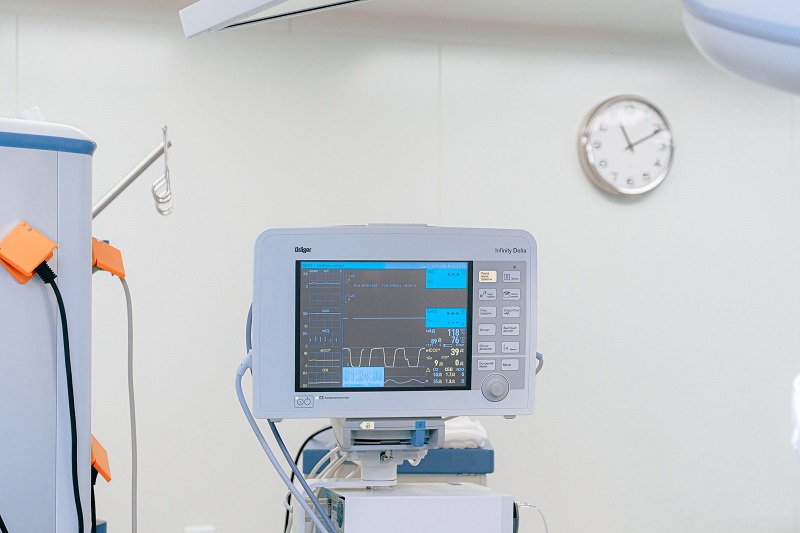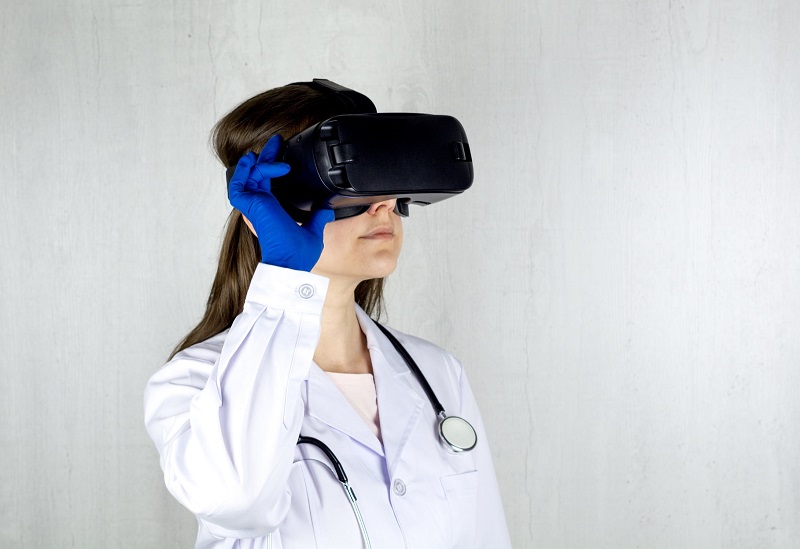Since the beginning of the COVID-19 pandemic, the UK’s health services have been forced to overcome enormous pressures and adapt to new normals.
Propelled by the heroics of our key workers, the NHS dealt with unprecedented volumes of patients while adjusting key practices to accommodate for remote care.
However, a recent report by the Health and Social Care Committee revealed that the UK Government is falling short on supporting the NHS and has made ‘inadequate’ progress on its promises to digitise services.
Unfortunately, commitments on workforce, patient information, and social care were found to have not been met, with improvements to digital capabilities deemed too slow.
With current NHS IT systems consisting of outdated technology and unconnected systems that can directly impact patient wellbeing, it is growing ever clearer to healthcare analysts that attaining a clear view of health data will unlock currently-hidden potential for digitisation.
A new healthcare landscape
As the business world grapples with the shift back to the office from remote working, health services face a similar dilemma with regard to care.
With nearly all consultations being provided remotely during the pandemic, it was clear to doctors that some assessments were not suited to being performed on the platforms provided, therefore for telemedicine to succeed moving forward it will need to work in unison with in-person appointments.
With current NHS IT systems consisting of outdated technology and unconnected systems that can directly impact patient wellbeing, it is growing ever clearer to healthcare analysts that attaining a clear view of health data will unlock currently-hidden potential for digitisation
To achieve this, modernised platforms must be developed to reinforce the link between virtual and in-person consultations, such as self-service portals and care co-ordinators, as well as new systems to enable health staff to more effectively perform remote roles.
Another pandemic-era challenge that must be addressed is the current fragility of the healthcare supply chain.
Building resiliency should be top of the agenda for health organisations to mitigate the risk of future supply chain disruption, and to protect hospitals from costly shortages, they should strive to procure key resources from multiple suppliers in different geographies.
Buying groups formed of multiple health trusts can also help to negotiate better pricing and economies of scale.
Lastly, with an explosion in popularity of wearable, data-producing health tech over the past few years, an exponential growth in data is now being delivered.
Accessories with remote monitoring sensors, such as smartwatches and smartrings, produce an incredible amount of useful patient data, and routinely find patterns that would be difficult to spot with a human eye.
Utilising data has now become essential for delivering quality health services, therefore healthcare providers need to have integration platforms that can leverage Big Data and AI, to analyse critical data from many disparate sources.
To protect hospitals from costly shortages, they should strive to procure key resources from multiple suppliers in different geographies
These platforms will not only enable health businesses to forecast trends and manage surges in demand, but will allow them to innovate and evolve their offerings based on real-world feedback.
Current NHS IT systems are outdated and unconnected, directly impacting patient wellbeing
Data-driven innovation powering healthcare
It is evident that data will play a central role in shaping the future of our health service. However, without infrastructure in place to harness the messy data produced by thousands of separate medical devices, leaders cannot begin to make future-defining, data-driven decisions.
By achieving unified observability over their critical data, health organisations will enable breakthroughs in various areas of medical technology that will drive the industry forward.
Advancements in telemedicine are being driven by connected devices and Internet of Things (IoT) technology, with virtual care and digital triage revolutionising how patients are dealt with.
Remote sensors allow doctors to monitor a patient’s vitals without having to physically meet them, and IoT devices help generate data that can be used to predict a patient’s specific needs.
With plenty of useful information being collected from many remote devices, analysing data becomes the focus for improving patient outcomes.
Without infrastructure in place to harness the messy data produced by thousands of separate medical devices, leaders cannot begin to make future-defining, data-driven decisions
Artificial Intelligence (AI) is growing rapidly in healthcare, already being used for scans and diagnostic processes, as well as chatbots that engage with patients online.
And, as hospitals begin to utilise data more effectively, AIOps will automate triage and prescription handling, alleviating trained clinicians who can focus on more-expert diagnoses.
Use of AI is also gaining traction in the pharmaceutical world, with machine learning (ML) powered data analytics helping to refine drug development through more-efficient testing and prototyping.
Training and planning will also be revolutionised by augmented reality (AR) and virtual reality (VR) technology.
Entire virtual spaces with digital twins can be created, providing a risk-free environment for surgeons to practice procedures, leading to better-equipped clinicians and increased success rates.
AR/VR can also be a great tool for doctors to communicate with patients, as procedures can be demonstrated to show them exactly what will happen.
Adoption of modern technologies including artificial intelligence and machine learning could help to improve services
Achieving observability to strengthen operations
With future progress within the UK’s health sector so dependent on data-driven technology, health leaders are realising that they must gain observability of their essential data to successfully digitise.
By achieving unified observability over their critical data, health organisations will enable breakthroughs in various areas of medical technology that will drive the industry forward
A key part of this lies in dealing with outages more efficiently, helping maintain uptime for vital medical technologies.
Effective integration platforms flag issues immediately and automate incident creation, enabling teams to respond quickly rather than manually logging incidents.
A robust platform also helps ensure the security of sensitive health data with a variety of advanced collection, encryption, and storage standards.
Secure proxy servers can then be used alongside this to allow teams to retain complete control of communications, enabling users to lock down outward network traffic in the event of a breach, to minimise exposure to threat actors.
Ultimately, platforms which efficiently monitor many medical devices and the vital sensors keeping them running will enable organisations to improve their operations and innovate successfully, while helping to keep spiralling NHS costs down.
